
OR
Editorial
Lessons from the Tragedy in Turkey
Published On: February 10, 2023 07:40 AM NPT By: Republica | @RepublicaNepal
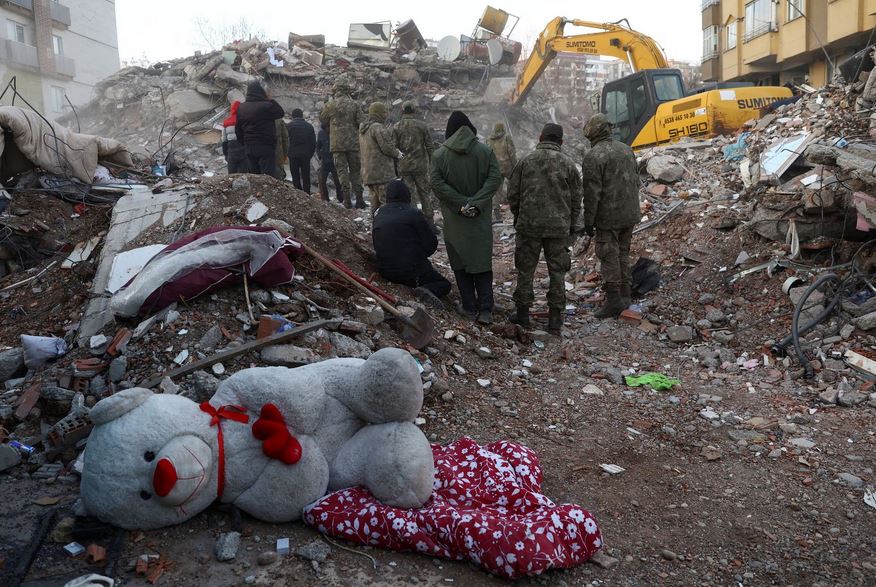
The earthquake that struck Turkey and Syria on Monday serves as a sobering reminder of the devastating power of the earthquake and the importance of preparedness. As a highly seismic zone, Nepal is particularly vulnerable to earthquakes, and the memory of the 2015 Gorkha earthquake, which killed more than 9,000 people and injured over 25,000 and damaged property worth billions of rupees, is still fresh in the minds of the Nepali people. In light of these events, it is important to reflect on what lessons can be learned from the Turkey earthquake and applied to Nepal to minimize the loss of life and properties when such incidents happen in the future.
One of the most crucial lessons from the Turkey earthquake is the importance of strong building codes and infrastructure. Many buildings in Turkey and Syria that withstood the earthquake were those built to modern standards, whereas older, poorly constructed buildings were significantly damaged or destroyed. Nepal started enforcing stricter building codes after the mega earthquake that struck Nepal in April, 2015. It is now important for us to strictly enforce the building codes that have already been introduced for new buildings. As there are still a large number of old buildings that are made of bricks and stones, it is equally necessary for the government agencies concerned, mainly the local governments, to launch a drive to retrofit the old buildings to ensure that they are able to withstand major earthquakes like the one that hit Turkey and Syria.
Another key lesson is the importance of preparedness to tackle the crisis in the event of yet another major earthquake in Nepal. Earthquakes can neither be predicted, nor can they be prevented. This leaves us no options but to remain prepared to tackle any such eventuality. It is important to emphasize the need for proper disaster response and recovery efforts. The government has started preparing first responders and conducting safety drills. Training programs are also being organized for masons to make new buildings more resilient. It is important now to take further the awareness programs in communities across the country so that people can save their family and members of the communities in the event of an earthquake. The government has created a separate National Disaster Risk Reduction and Management Authority (NDRRMA) to respond to various kinds of natural disasters including earthquakes, floods and landslides in an integrated manner. This body, which also has representation of the Nepali Army, Armed Police Force and Nepal Police, must be strengthened further by providing necessary financial and human resources so that it can always remain prepared to tackle any such eventualities.
The NDRRMA should also be empowered to ensure effective distribution of aid and relief materials to victims and needy people in the post-disaster situation. The outpouring of international support following the earthquake in Turkey demonstrates the critical role that aid organizations, governments, and individuals can play in supporting affected communities in the aftermath of major natural disasters including earthquakes. In Nepal, where resources are limited and access can be challenging, it is essential to have a well-coordinated disaster response plan in place to ensure that help can reach those in need as quickly and efficiently as possible. By applying the lessons learned from Turkey’s earthquake and our own experience in 2015, we can take steps to ensure that our communities are better protected in the face of future earthquakes. It is imperative that all stakeholders, including the government, aid organizations, and individuals, come together to ensure that Nepal is prepared for the next seismic event.
You May Like This
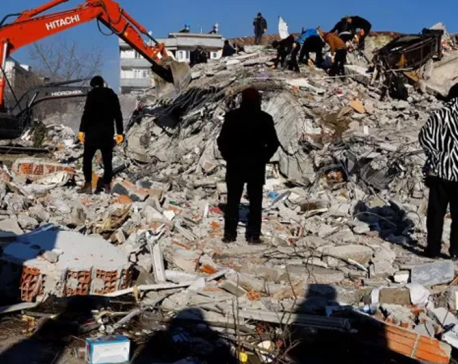
Nepal govt to send relief materials and medical team to quake-hit Turkey
KATHMANDU, Feb 9: Nepal has decided to send relief materials and health workers to Turkey, which is devastated by multiple... Read More...
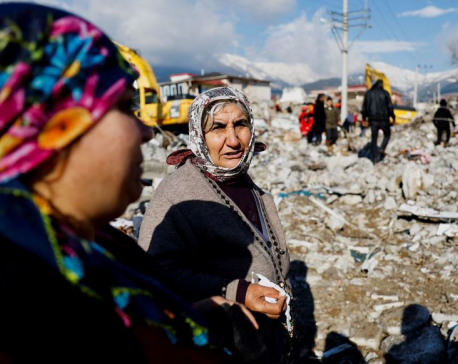
Rescuers dig through rubble as Turkey-Syria quake death toll passes 7,800
ANTAKYA, Turkey, Feb 8: The death toll of a devastating earthquake in southern Turkey and Syria jumped to more than... Read More...
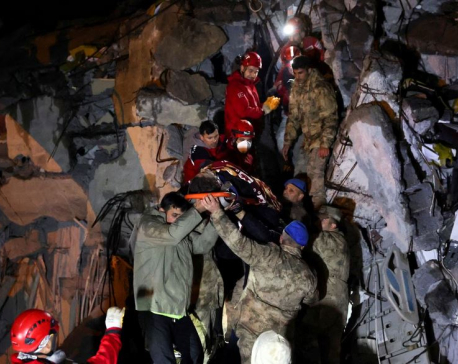
In Turkey, night fills with screams and crying as earthquake rescues go on
HATAY, Turkey/DAMASCUS, Feb 7: The screams of people still trapped in the rubble filled the night early on Tuesday and... Read More...

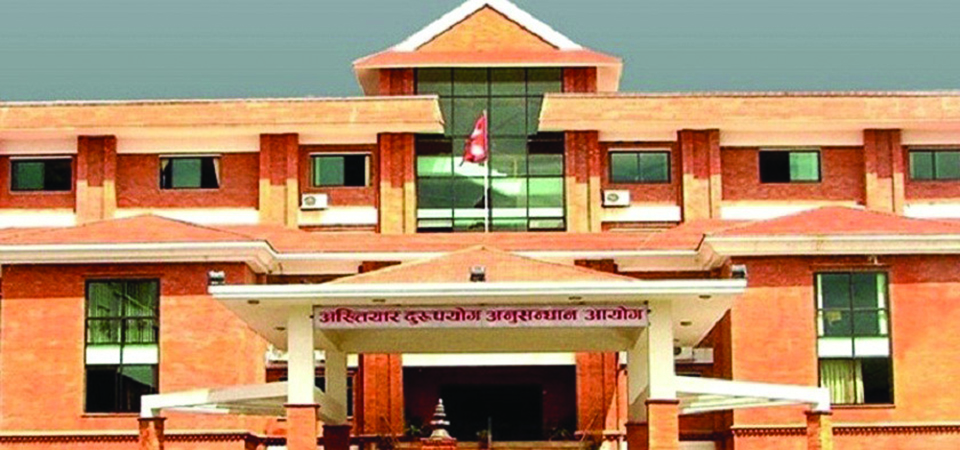

Just In
- Ambassador Adhikari presents his letter of credentials to Turkish President Erdoğan
- Bajhang by-election: Construction of Taklakot Road is common election agenda of candidates
- Meeting of Finance Committee being held today to discuss 2025/25 budget
- Stakeholders call for transparency as Beijing pushes for early implementation of BRI projects in Nepal
- Special Court orders judicial custody for Sunil Paudel over illegal wealth acquisition charges
- District Court Rautahat sentences four individuals including Aftab Alam to life imprisonment
- Class 12 exam starts today with participation of over 390,000 candidates
- Weather expected to be partially cloudy in hilly areas, clear in remaining areas










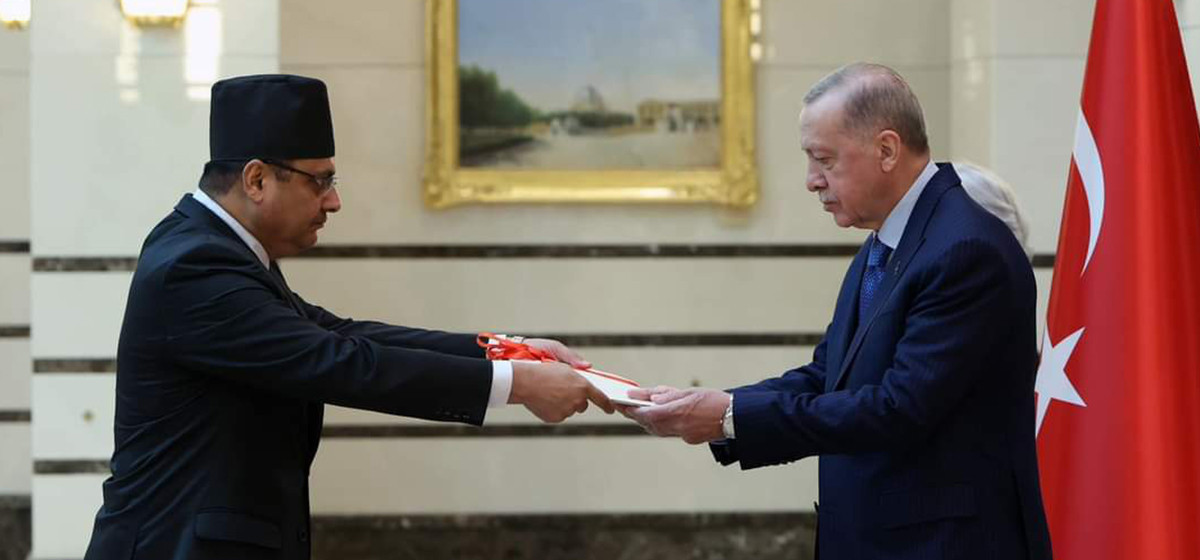
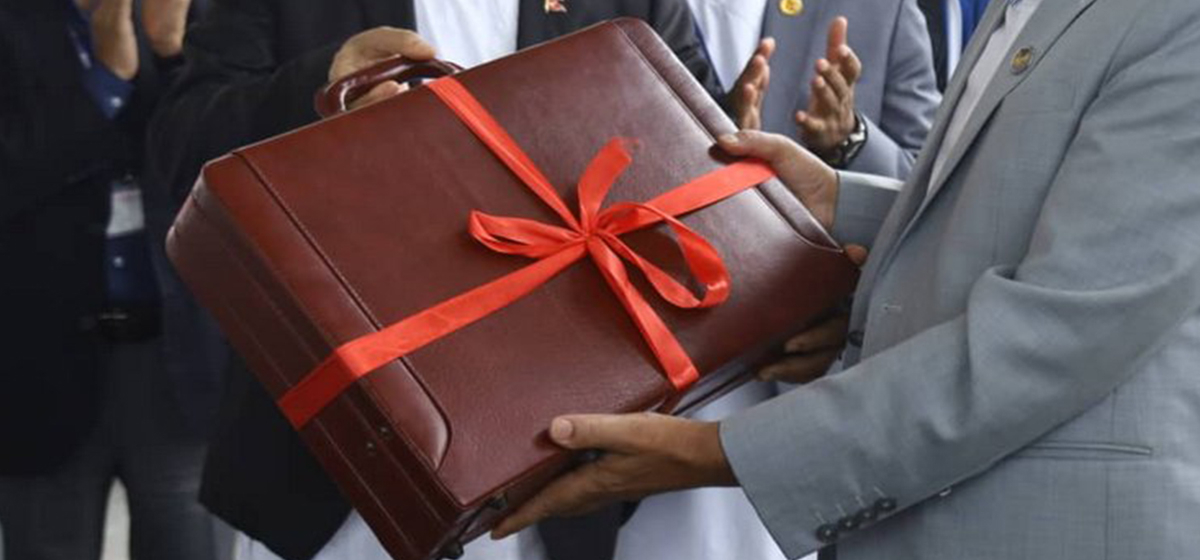



Leave A Comment